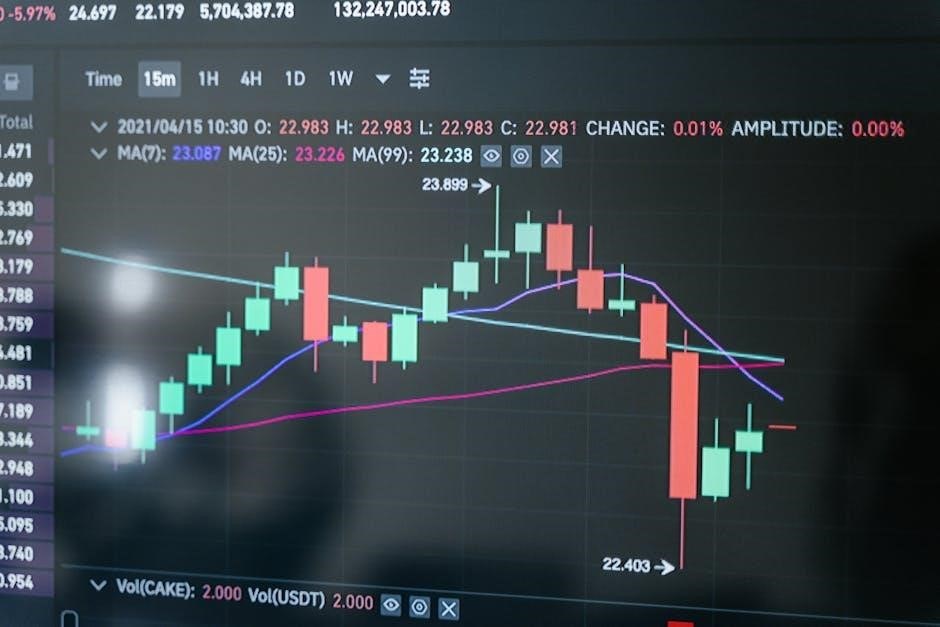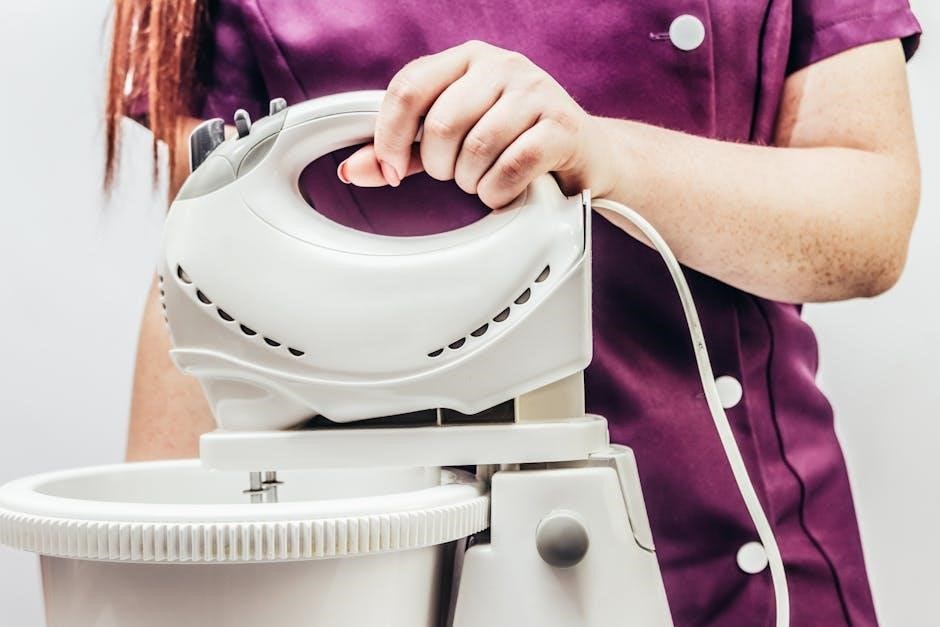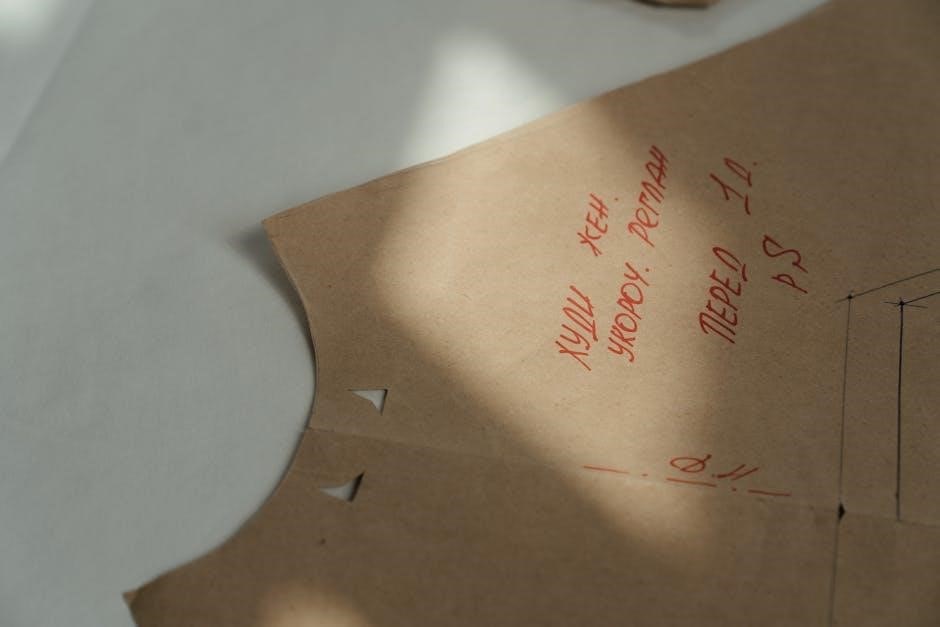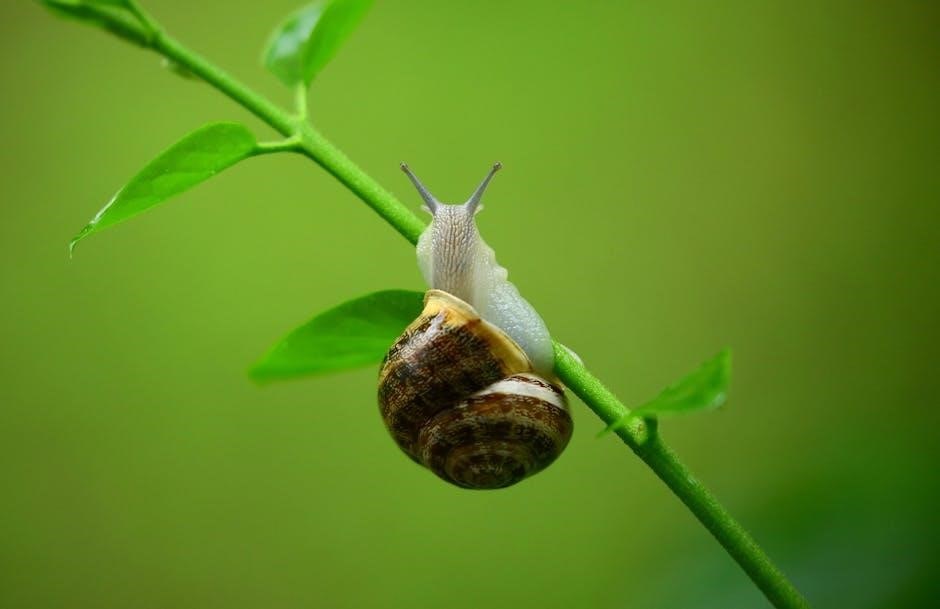The SMC Trading Strategy PDF provides traders with a trend-following strategy to maximize returns and reduce risk, using key components and risk management techniques, available for free download as a PDF file or text file online now.
Overview of the SMC Trading Strategy PDF
The SMC Trading Strategy PDF is a comprehensive guide that provides traders with a detailed overview of the SMC trading strategy, including its key components and techniques. The PDF is designed to help traders understand the strategy and how to apply it in their own trading practices; It includes information on the different types of orders that can be used, as well as the risk management and portfolio management strategies that can be used to help traders manage their portfolio and optimize their returns. The PDF is available for free download as a PDF file or text file online, making it easily accessible to traders of all levels. The guide is written in a clear and concise manner, making it easy for traders to understand and implement the strategy. The SMC Trading Strategy PDF is a valuable resource for any trader looking to improve their trading skills and increase their returns. The PDF provides a step-by-step guide on how to create and implement the SMC trading strategy, including examples and case studies to illustrate the concepts. Overall, the SMC Trading Strategy PDF is a useful tool for traders who want to learn more about the SMC trading strategy and how to apply it in their own trading practices.

Key Components of the SMC Strategy
The SMC strategy consists of several key components that work together to provide a comprehensive trading approach. These components include entry and exit rules, risk management techniques, and position sizing strategies. The entry and exit rules are designed to help traders identify potential trading opportunities and maximize their returns. The risk management techniques are used to limit potential losses and protect trading capital. The position sizing strategies are used to determine the optimal amount of capital to allocate to each trade; Additionally, the SMC strategy also incorporates market structure analysis, which involves analyzing the behavior of institutional players and market makers to identify potential trading opportunities. The strategy also takes into account supply and demand imbalances, which can be used to predict future price movements. By combining these key components, the SMC strategy provides a robust and flexible trading approach that can be used in a variety of market conditions. The strategy is designed to be adaptable and can be adjusted to suit the needs and goals of individual traders. Overall, the key components of the SMC strategy work together to provide a powerful trading approach.

Understanding the Smart Money Concept
The Smart Money Concept involves analyzing market maker behavior and supply demand imbalances to predict price movements and make informed trading decisions online now using the SMC trading strategy pdf guide.
Definition of Smart Money
The definition of Smart Money refers to the investment and trading activities of institutional players such as banks, hedge funds, and other financial institutions. These entities have significant financial resources and market influence, allowing them to impact market prices and trends. The Smart Money Concept, as outlined in the SMC trading strategy pdf, focuses on understanding the behavior and decision-making processes of these institutional players. By analyzing their activities, traders can gain valuable insights into market dynamics and make more informed trading decisions. The SMC trading strategy pdf provides a comprehensive guide to understanding Smart Money, including its role in shaping market structure and influencing price movements. The concept of Smart Money is essential to the SMC trading strategy, as it helps traders to identify potential trading opportunities and manage risk effectively. The SMC trading strategy pdf offers a detailed explanation of Smart Money, including its definition, characteristics, and implications for traders. By understanding Smart Money, traders can develop a more effective trading strategy and improve their overall performance in the markets.
Importance of Market Structure
The importance of market structure is a crucial aspect of the SMC trading strategy pdf, as it provides traders with a framework for understanding the behavior of institutional players and identifying potential trading opportunities. Market structure refers to the underlying dynamics of the market, including the interactions between buyers and sellers, and the resulting price movements. The SMC trading strategy pdf emphasizes the need to understand market structure in order to make informed trading decisions. By analyzing market structure, traders can identify areas of support and resistance, trends, and other key features that can influence price movements. The SMC trading strategy pdf provides guidance on how to analyze market structure, including the use of charts and technical indicators. Understanding market structure is essential for traders who want to develop a effective trading strategy and improve their overall performance in the markets. The SMC trading strategy pdf offers a comprehensive guide to market structure, including its importance, key components, and implications for traders. By mastering market structure, traders can gain a deeper understanding of the markets and make more informed trading decisions. Market structure is a critical component of the SMC trading strategy pdf.

Implementing the SMC Trading Strategy

Traders can implement the SMC trading strategy using online platforms and tools, following guidelines and rules outlined in the SMC trading strategy pdf to maximize returns and minimize risk effectively always online now.
Steps to Create and Implement the Strategy
To create and implement the SMC trading strategy, traders should start by reviewing the SMC trading strategy pdf and understanding the key components and rules outlined in the document. The pdf provides a step-by-step guide on how to create a trading plan, including setting risk management parameters, entry and exit rules, and position sizing. Traders should also familiarize themselves with the different types of orders that can be used, such as limit and stop-loss orders, and how to use them to manage risk. Additionally, the pdf provides examples of how to apply the strategy in different market conditions, including trending and ranging markets. By following the steps outlined in the pdf, traders can create a customized trading strategy that suits their needs and goals. The pdf also provides tips on how to backtest and refine the strategy, and how to use it in conjunction with other trading tools and techniques. Overall, the SMC trading strategy pdf provides a comprehensive guide for traders to create and implement a successful trading strategy. The strategy can be used by traders of all levels, from beginners to experienced traders, and can be applied to various financial markets, including forex, stocks, and futures.
Risk Management and Portfolio Management
The SMC trading strategy pdf emphasizes the importance of risk management and portfolio management in achieving long-term trading success. The pdf provides guidance on how to manage risk, including setting stop-loss orders, limiting position sizes, and diversifying portfolios. It also discusses the importance of portfolio management, including monitoring and adjusting trading positions, and rebalancing portfolios to maintain optimal risk-reward ratios. The pdf offers tips on how to use risk management tools, such as stop-loss orders and trailing stops, to limit losses and protect profits. Additionally, it provides examples of how to create a diversified portfolio, including trading multiple currency pairs, stocks, or futures contracts. By following the risk management and portfolio management strategies outlined in the pdf, traders can minimize losses, maximize gains, and achieve their trading goals. The pdf also provides guidance on how to monitor and adjust trading performance, including tracking key performance metrics, such as profit-loss ratios and drawdowns. Overall, the SMC trading strategy pdf provides a comprehensive guide to risk management and portfolio management, helping traders to trade with confidence and achieve long-term success. Effective risk management is crucial to trading success.






























